
Resources
Many of these resources originate from nationally recognized experts and leaders in trauma, grief, loss, and child and adolescent psychology. Some are created by educators, researchers, and industry professionals, while others may be the firsthand accounts of individuals who have experienced loss or supported someone who has.
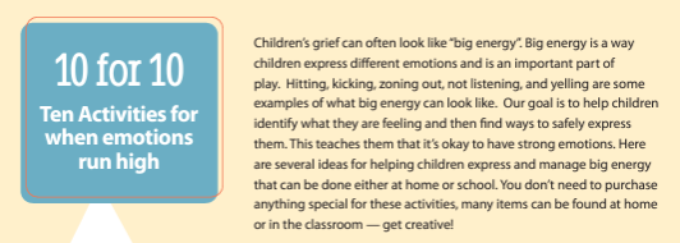
10 for 10: Ten Ideas for When Emotions are Running High
Description: You can use this explanation sheet along with the 10 for 10 worksheet that children can use to pick an activity to express “big energy.” Adults have “big energy” too, so don’t forget to do some of these activities for yourself!
Source: NACG, Dougy Center
ACE Questionnaire
Description: This questionnaire was used to assess participants in the original Adverse Childhood Experiences study, conducted by CDC and Kaiser Permanente and published in 1998. This widely used and validated tool is used by trained providers to measure the impact of childhood abuse and neglect upon health and well-being.
Source: CDC
Activity: Your Grief is Unique
Description: Activity sheet that helps kids and teens explore the various, unique ways that grief shows up for them emotionally, physically, mentally, socially, and spiritually.
Source: Eluna Network

Adverse Childhood Experiences
Description: Adverse childhood experiences (ACEs) can have a tremendous impact on future violence victimization and perpetration, and lifelong health and opportunity. CDC works to understand ACEs and prevent them.
Source: CDC
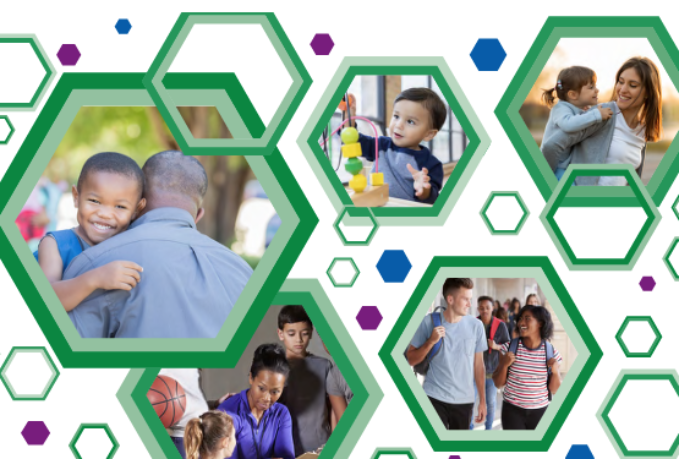
Adverse Childhood Experiences Prevention
Description: ACEs are a serious public health problem with far-reaching consequences across the lifespan. They are also preventable. The strategies outlined here, drawn from CDC’s Prevention Resources for Action, are intended to change norms, environments, and behaviors in ways that can prevent ACEs from happening in the first place as well as to lessen the immediate and long-term harms of ACEs.
Source: CDC

All About Emotions
Description: Use these resources to help children understand how to identify, label, and express feelings.
Source: PBS Kids
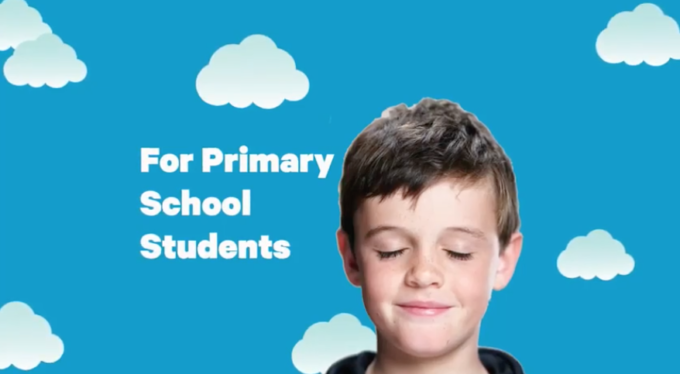
Anchor Your Mind with Movement
Description: Mindfulness meditation does not always involve sitting down. We can use movement as a way to anchor our mind in the present moment. This is another meditation aimed at primary school aged kids. | This is a collaboration between Smiling Mind and ABC.
Source: Smiling Mind
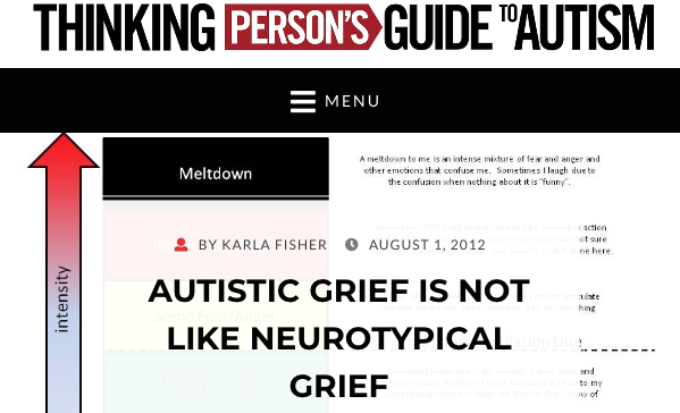
Autistic Grief is Not Like Neurotypical Grief
Description: This account details the author’s journey of discovering their autism spectrum disorder (ASD) through the grieving process following the death of their father.
Source: Karla Fisher

Bereavement and Autism: A Universal Experience with Unique Challenges
Description: Bereavement and grief are universal experiences, but for individuals on the autism spectrum, the process can be uniquely challenging.
Source: Autism NOW Center
Breathe, Think, Do!
Description: You can help children to use the “Breathe, Think, Do” strategy to calm down, identify their feelings, and work to solve their problem!
Source: Sesame Workshop
Community Conversation: Grief Through the Lens of Black Communities
Description: The Grief Through the Lens series continues on June 23rd, 2022 exploring grief responses and traditions among Black communities with moderator Jennifer Lewis-Hall of PHL-17. Our panel includes social workers, psychologists, public health advocates, and diversity experts who specialize in understanding the impact of intergenerational trauma, building resiliency, and supporting grieving children and families.
Source: Eluna Network
Coping with Big Feelings
Description: Encourage kids to talk with grown-ups when they feel sad.
Source: Sesame Workshop

Creating Positive Childhood Experiences
Description: Healthy and happy childhoods start now. Learn how you can help!
Source: CDC

Cultural Sensitivity Module
Description: This video addresses the role of cultural considerations in supporting children and families in the aftermath of a death. Each culture has its own traditions, rituals, and practices when a family member dies. The overall goal is to bring a general sensitivity to the unique needs of a specific grieving child and their family in the context of their identified culture.
Source: Coalition to Support Grieving Students
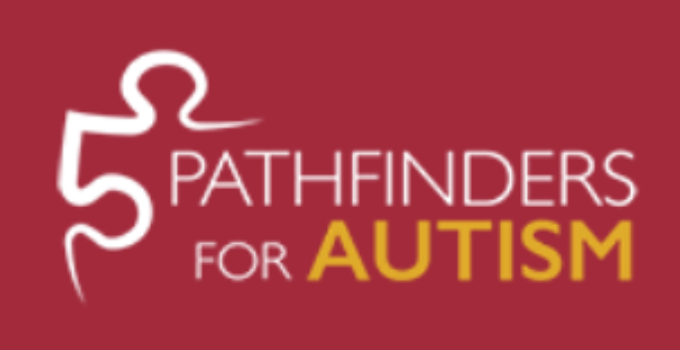
Death and Grieving
Description: The loss of a loved one is difficult, and complex. We experience a mixture of emotions, we don’t all share the same beliefs of what happens to us when we die, funerals may be different depending on religious and other beliefs, and it’s not something we may prepare ourselves for. So how do we explain death, funerals, and loss to our children with autism?
Source: Pathfinders for Autism
Developing Empathy through Retold Fairy Tales
Description: In this lesson, students watch a video that explores how a Native American saying, “walk a mile in someone else’s moccasins,” relates to the practice of empathy. As a class and in small groups, students examine a well-known fairy tale, Cinderella, to try to “walk a mile” in the shoes of each character.
Source: PBS, WGBH
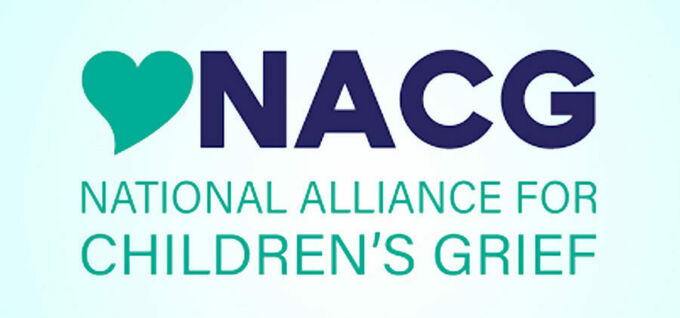
Developmental Understandings
Description: This guide for very young children, children, and teens explains responses to grief at different developmental stages and provides guidance for how adults can support them at each stage.
Source: NACG

Dr. Nedra Glover Tawwab - Free Worksheets
Description: Free worksheets from Dr. Nedra Glover Tawwaba therapist, boundaries expert, and author of Set Boundaries, Find Peace.
Source: Dr. Nedra Glover Tawwab

Emotional Intelligence Quiz
Description: Facial expressions are a universal language of emotion, instantly conveying happiness, sadness, anger, fear, and much more. Reading these expressions is essential to compassion and empathy. Take this short quiz to measure your emotional intelligence.
Source: Greater Good Science Center
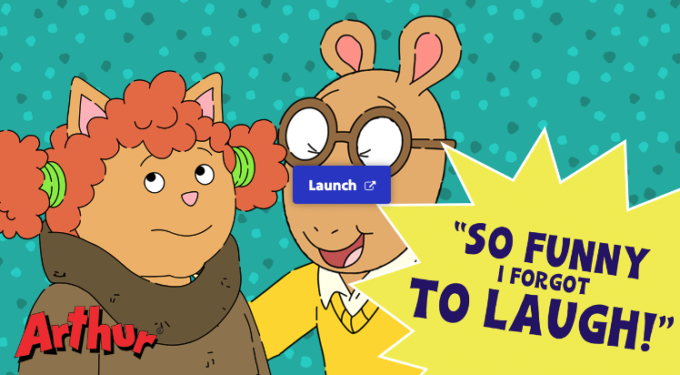
Empathy | An ARTHUR Interactive Comic
Description: Explore the topic of empathy in this interactive comic, So Funny I Forgot to Laugh, based on the characters and storyline from the PBS children’s series ARTHUR. When Arthur takes his teasing too far, it upsets Sue Ellen. Can Arthur find a way to apologize for bullying Sue Ellen and save their friendship?
Source: PBS
Experience Camps: The Racial Grief Gap
Description: This section of the Experience Camp website provides information and statistic on the racial disparities related to childhood bereavement.
Source: Experience Camps
Expressing Feelings with Words
Description: Give families the tools they need to talk about and work through big feelings.
Source: Sesame Workshop

Facing Suicide: Prevention and Postvention
Description: WPSU has produced a free webinar, short and sharable videos, and supplemental resources related to suicide prevention and postvention in coordination with fellow public media station, TPT and their Facing Suicide initiative.
Source: TPT & WPSU
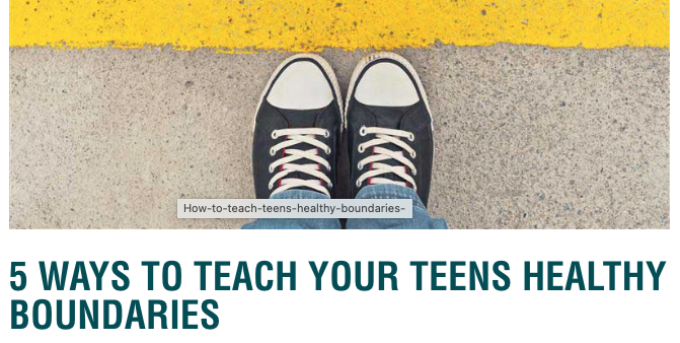
Five Ways to Teach Your Teens Healthy Boundaries
Description: It is important for teens to create and advocate for their own boundaries. By defining key personal preferences on communication and space, young people can have the control to develop healthy relationships and advocate for themselves. But, this isn’t always easy. Here are five ways to help teach your teens healthy boundaries. | From Youth Villages
Source: Youth Villages
